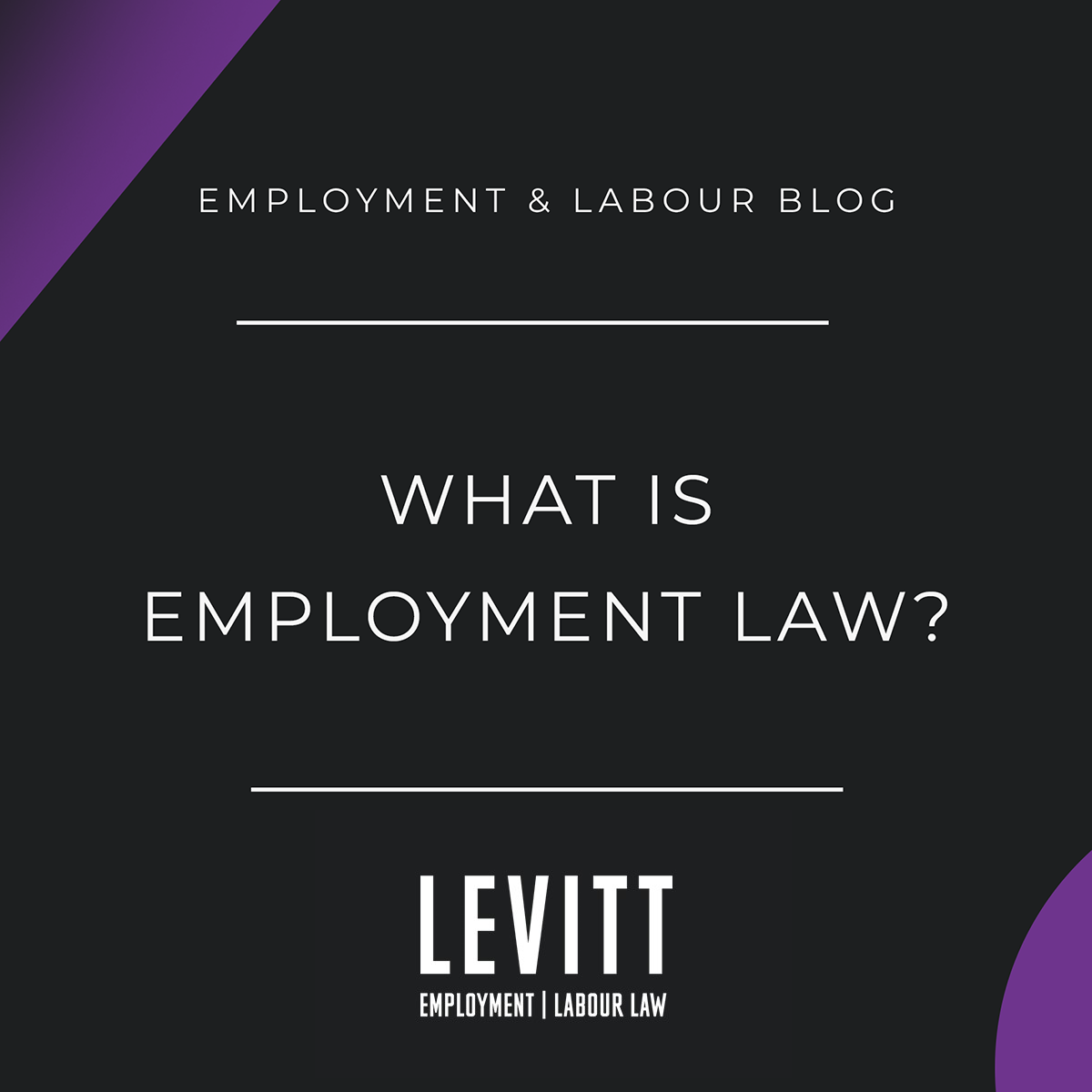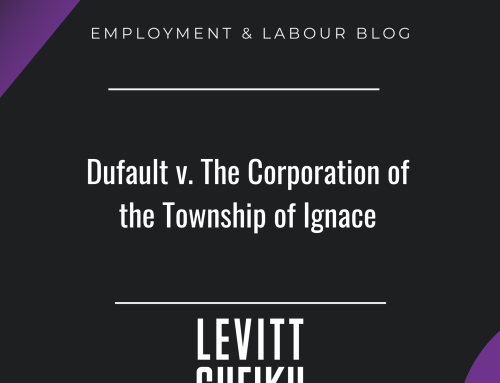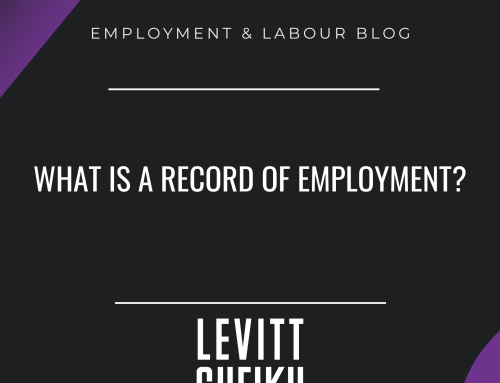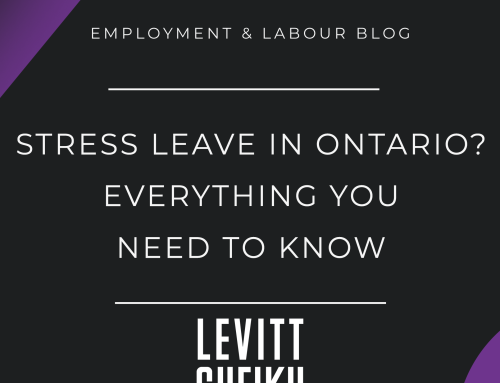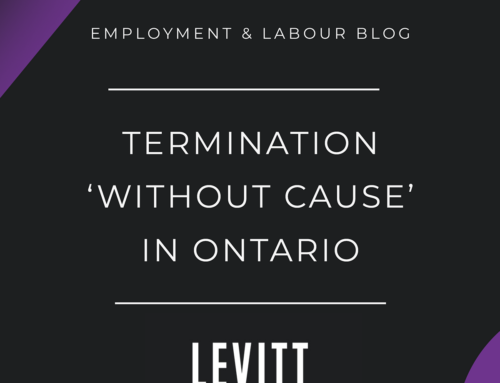What is employment law?
Employment law is the area of law that governs non-unionized employer and employee relationships.
What are the areas of employment law?
Employment law covers a wide range of issues, including but not limited to:
- Wrongful and Constructive Dismissal
- Severance Package Review
- Employment Agreement Review
- Non-Competition and Non-Solicitation
- Workplace Investigations
- Social Media in the Workplace
- Absenteeism, Disability Leaves and Leave Management
- Human Resources Policies
- Discipline and Termination
- Occupational Health & Safety
- Human Rights and Duty to Accommodate
- Discrimination, Harassment & Sexual Harassment
How does employment law protect employees?
Employees can be particularly vulnerable in an employer-employee relationship because employers tend to have more of the bargaining power—they control the jobs and the money after all. Many feel as though they don’t have the ability to do things like negotiate their contracts, speak up when their roles are substantially changed without a new contract or more pay, or even complain when they experience hazardous or toxic working conditions.
Employment law sets out protections for employees through two means: legislation and common law.
Legislation
A bundle of statutes have been created which set out an employee’s minimum entitlements to different things.
For example, the Ontario Human Rights Code (HRC) protects employees from being mistreated for reasons such as sex, race, and religion—some examples of mistreatment are harassment or discrimination. The Occupational Health and Safety Act (OHSA) sets out the minimum protections to promote workplace safety by preventing injuries and occupational diseases, for example. The Pact Equity Act (PEA) was created to ensure equal pay for equal work and last, but certainly not least, is the Employment Standards Act (ESA) which covers the basics of employment, such as getting paid, working overtime, vacation time and pay, and when a job ends.
The Common Law
The common law is the law created and upheld by the courts. Where legislation acts as a “floor” by representing your minimum rights, the common law is the “ceiling”.
With that being said, if you do have an employment contract, this can sometimes remove certain common law protections for employees. For example, if an employment contract states that the employer will provide termination pay in accordance with the Employment Standards Act (ESA), this means that the employee will get the minimum pay allowed by law. The common law is known as a “ceiling” because it often provides for much more termination pay than ESA legislation (the “floor”). The common law will always apply in cases where employees are terminated unless the employment contract specifically says otherwise. This is often known as ‘contracting out of the common law’.
Fortunately for employees, these kinds of termination provisions can be poorly drafted and rendered unenforceable for a variety of reasons. If the day comes when you are terminated, it could be beneficial to speak to an employment lawyer to see if you could be getting more termination pay than your contract says.
Please note that this article is only to be used as general information and it does not constitute legal advice. We encourage employers and employees to contact Levitt Sheikh directly to better understand vaccination-related issues and seek legal advice to their questions.

